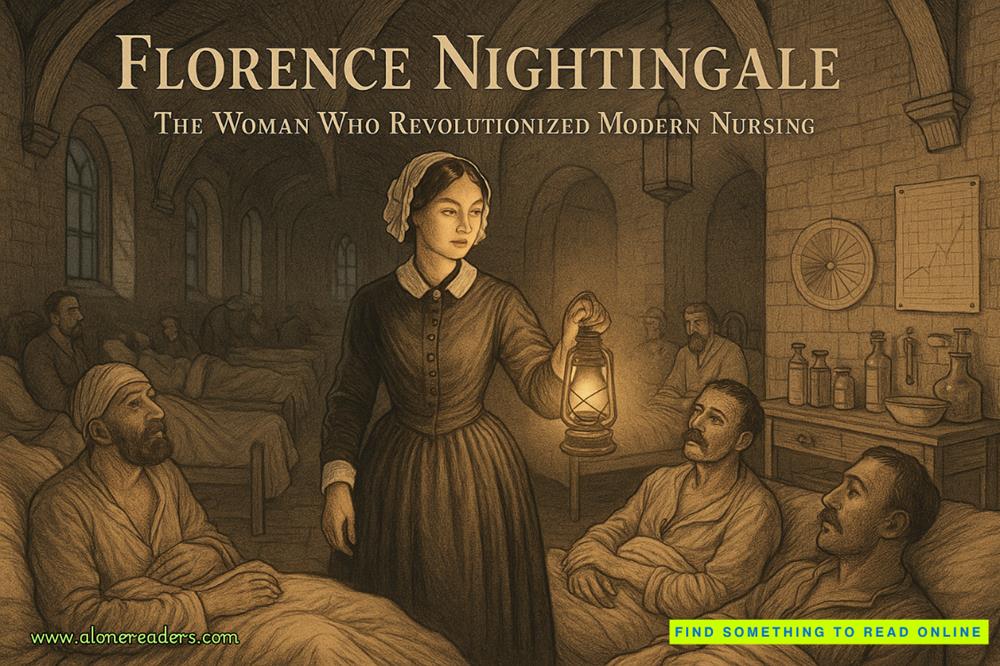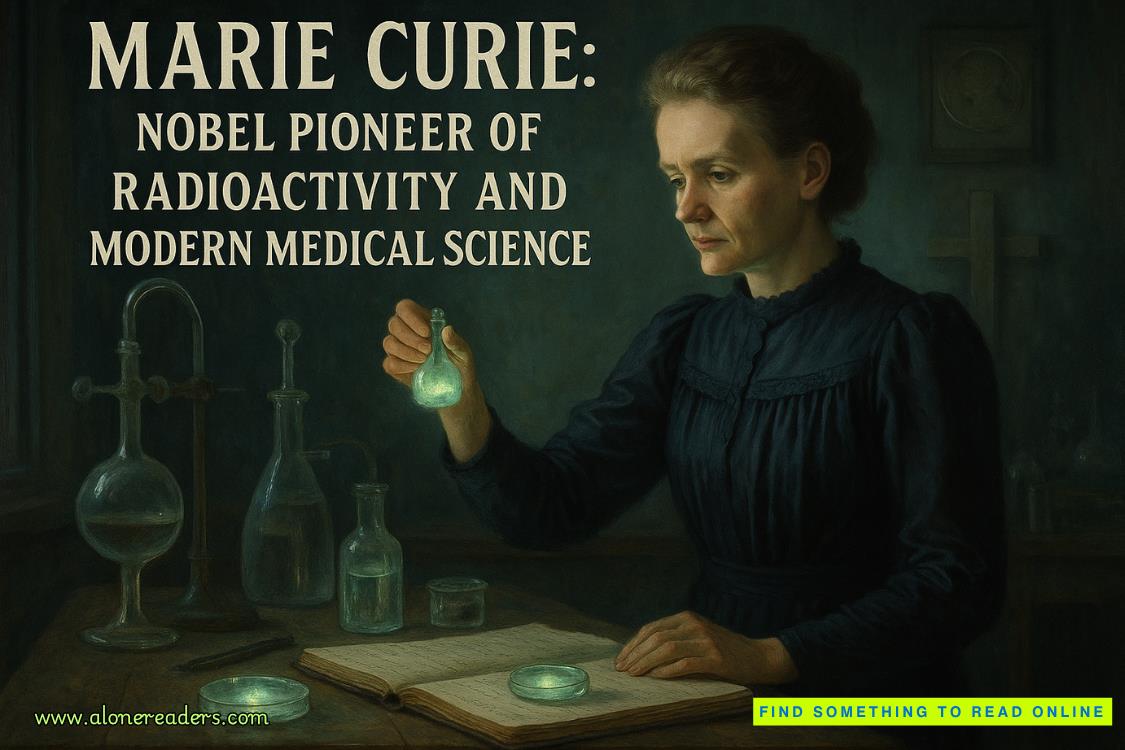Page 34 of DATE
Mr. Da Vinci was indeed gentle and kind, rarely showing any temper.
But people like that, if they were to encounter someone malicious, might be manipulated or extorted, unable to escape easily.
As it turned out, the beef blood and urine didn’t prove useful for painting.
They had to clean up the mess and throw those items away, then ended up having a simple lunch together.
Mr. Piero came to find Da Vinci again, as if there were something important to discuss.
To avoid suspicion, Hedy stepped outside and wandered around the street for a while, suddenly recalling the petri dish she had seen earlier.
If she could find something similar, like the gelatin powder used for mousse cakes, perhaps the beef broth could solidify more quickly.
Moreover, she would need Staphylococcus aureus.
The young woman tightened her shawl and continued to stroll aimlessly through the streets.
She wouldn’t dress in revealing clothes like other women, nor would she flirt with the men by the roadside. Her personality was reserved and calm.
She walked lightly in her high-heeled shoes, designed to avoid the mud, and her skirt fluttered in the breeze, resembling a blooming bluebell.
In this era, unmarried young men and women generally wore light blue clothing. After marriage, if their lives were comfortable, they would switch to calm shades of light green or deep green.
The dyes for these clothes came from large crops grown not far away in France, and the prices were relatively affordable.
Dyes and paints, however, had different properties and sources. For instance, farmers grew large fields of a plant called "daqing" (a type of rapeseed), extracting blue dye from the juice. The dye was processed through multiple stages and eventually turned into fabric sold to nearby countries at low prices.
Black fabric was also somewhat popular, made from black wool.
The only color one should avoid was dark yellow.
This color represented the pallor of illness or aging, and it evoked many negative associations. Those who wore yellow skirts were often considered prostitutes.
In many religious paintings, Judas, who betrayed Jesus, is depicted wearing a deep yellow robe, shunned by the faithful. Additionally, the French term fauve, meaning tawny, was also associated with betrayal and traitors.
Hedy spent a long time searching through the grocery and apothecary shops until she finally found a powder made from seaweed. It could be used to make jelly and was quite similar to gelatin powder.
"How much for this?" she asked cheerfully, turning around. A shadow seemed to flash past in the distance.
If she could add this to the beef broth, it might solidify faster, making it easier to cultivate the bacteria.
Besides the seaweed powder, she also needed to collect Staphylococcus aureus.
Pretending to be a poor young girl whose elderly father had fallen ill, she asked an elderly nun at the hospital to help her collect some pus from a wound in a glass bottle, casually slipping her two soldi in exchange.
The old nun silently hid the coins in her bag, quickly leaving for a while, and soon returned with what Hedy needed.
A servant in the distance had been watching and, once he confirmed that the humming young woman had left, he returned to the hospital.
"What did she give you?"
The old nun, preparing to leave, was unexpectedly stopped by a man dressed like an assassin in a white robe.
She immediately noticed the dagger at his waist. Trembling, she pulled the silver coins out of her pocket, her legs shaking uncontrollably.
But the man was not concerned with the silver coins at all. He only asked what the young woman had requested from the nun.
"Pus—her elderly father has thrush!"















